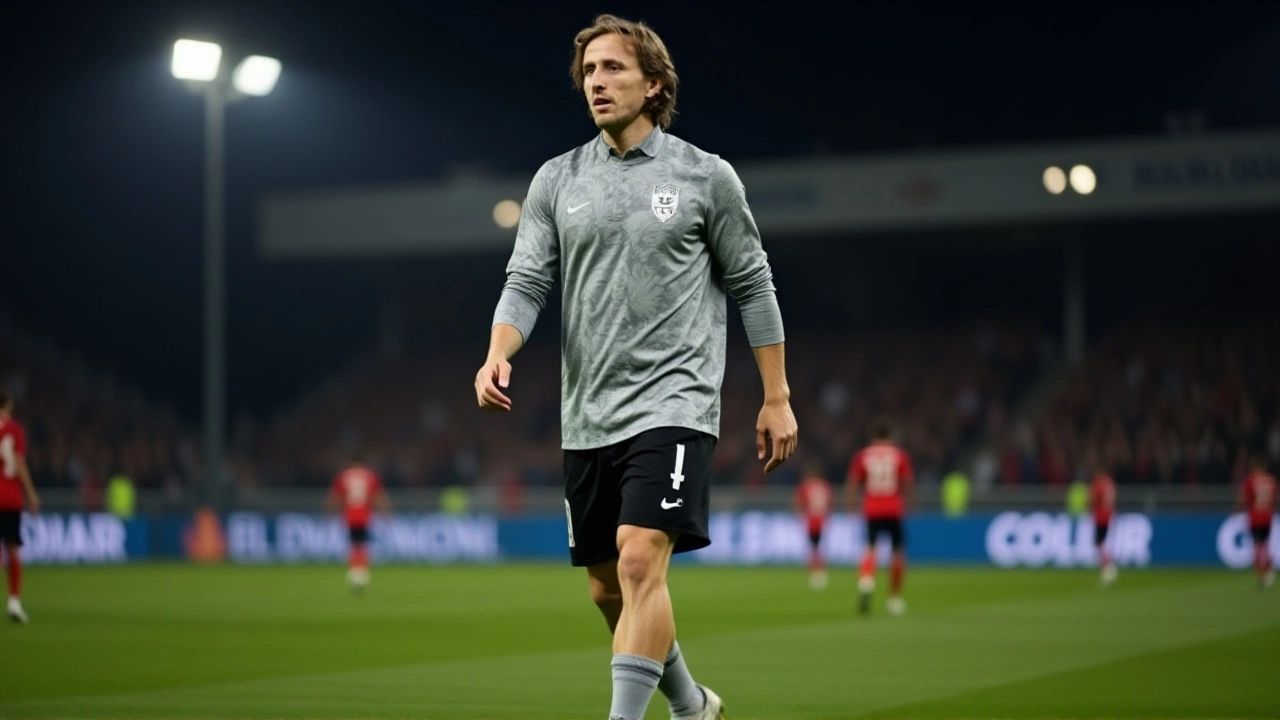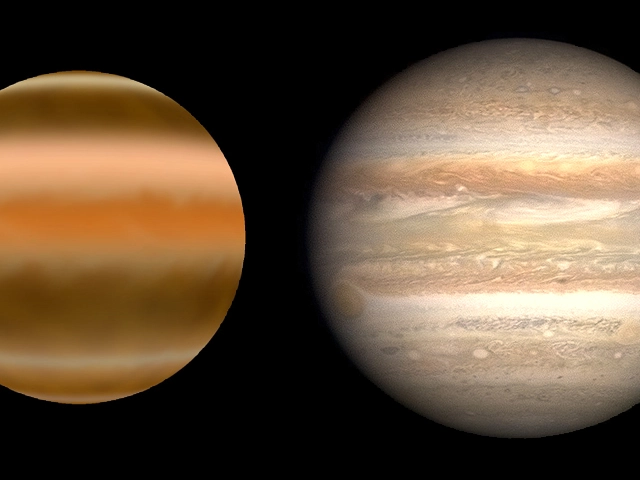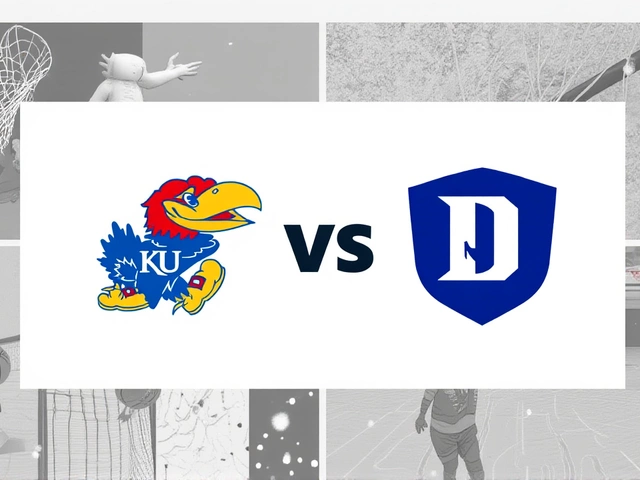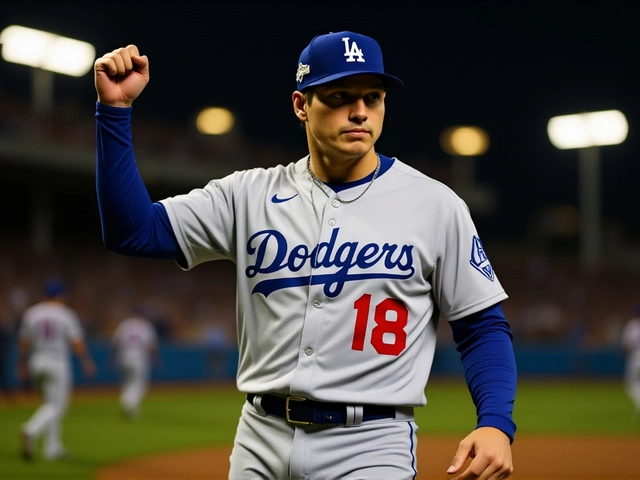The roar of 75,562 fans at Stadio Giuseppe Meazza shook the rafters not because of a goal, but because of what was missing: uncertainty. On Sunday, November 23, 2025, Inter Milan and AC Milan clashed in the Derby della Madonnina — the kind of match where tactics, nerves, and legacy collide. And for the first time in weeks, Cristian Chivu, Inter’s head coach, had his full hand to play. Thuram, Acerbi, and Sučić were back. Not as reinforcements. Not as late substitutes. As starters. The message was clear: this wasn’t just about winning. It was about dominance.
Return of the Missing Pieces
It’s easy to forget how fragile momentum can be in football. Inter had gone 11 matches without defeat — a run stretching back to late September — but it was built on grit, not glamour. Midfielders were tiring. Defenders were patching holes. And Marcus Thuram? He’d been sidelined since October with a minor hamstring strain, his absence felt more than statistically. Without his movement, Inter’s attack lost its rhythm. His return wasn’t just tactical; it was psychological. So was Francesco Acerbi’s. The 36-year-old veteran, once written off as past his prime, had missed three games with a calf issue. His presence in central defense — alongside Alessandro Bastoni and Manuel Akanji — brought stability, not just in tackles but in voice. And then there was Petar Sučić. The 20-year-old Croatian, who had been nursing a knock since early November, slotted into the engine room like a gear finally clicking into place. His energy, his vision, his willingness to track back — it all reanimated Inter’s midfield.The Formation That Held Its Ground
Chivu stuck with the 3-5-2 — a system that’s become his signature this season. But this wasn’t the same 3-5-2 as before. With Sučić in the center, and Nicolò Barella pushing higher, Inter’s midfield trio had balance. Hakan Çalhanoğlu drifted wide, but never lost his positional discipline. Federico Dimarco and Carlos Augusto, the wing-backs, were given the freedom to surge — and they did, relentlessly. Thuram and Lautaro Martínez, meanwhile, formed a lethal partnership. Not because they were constantly linking up — but because they were always a threat. One would drop deep, the other would sprint behind. AC Milan’s defense, led by Mike Maignan and Fikayo Tomori, simply couldn’t cope. AC Milan’s lineup, under Massimiliano Allegri, was equally calculated. A 3-5-2 of their own, with Rafael Leão and Christian Pulisic up top. But the magic was missing. Leão, usually so dangerous on the left, was marked by Dimarco like a shadow. Pulisic, who had been in scintillating form, was neutered by Sučić’s relentless pressure. And then there was Luka Modrić — yes, that Luka Modrić — playing as a deep-lying playmaker at age 39. It was poetic. It was also desperate. The Croatian legend, signed on a free transfer after leaving Real Madrid, was the only player on the pitch who could dictate tempo. But he was 39. And Inter, at 23, 24, 25, was hungry.Substitutions That Changed Nothing
The substitutions told their own story. In the 47th minute, Leão was pulled off — not injured, but ineffective. He returned in the 86th, as if Allegri was trying to force a miracle. Pulisic was subbed out in the 54th, then brought back on 24 minutes later — a bizarre, back-and-forth that confused fans more than it unsettled Inter. AC Milan’s midfield, once so fluid, became disjointed. Youssouf Fofana was replaced in the 78th minute. Lorenzo Ricci came on. And then, in the 86th, Ruben Loftus-Cheek. Three midfielders on the pitch at once — and still, no breakthrough. Inter’s changes were surgical. Piotr Zieliński entered in the 78th, adding steel. Francesco Acerbi, visibly fatigued, was withdrawn in the 85th — a quiet, respectful exit. No drama. No panic. Just discipline.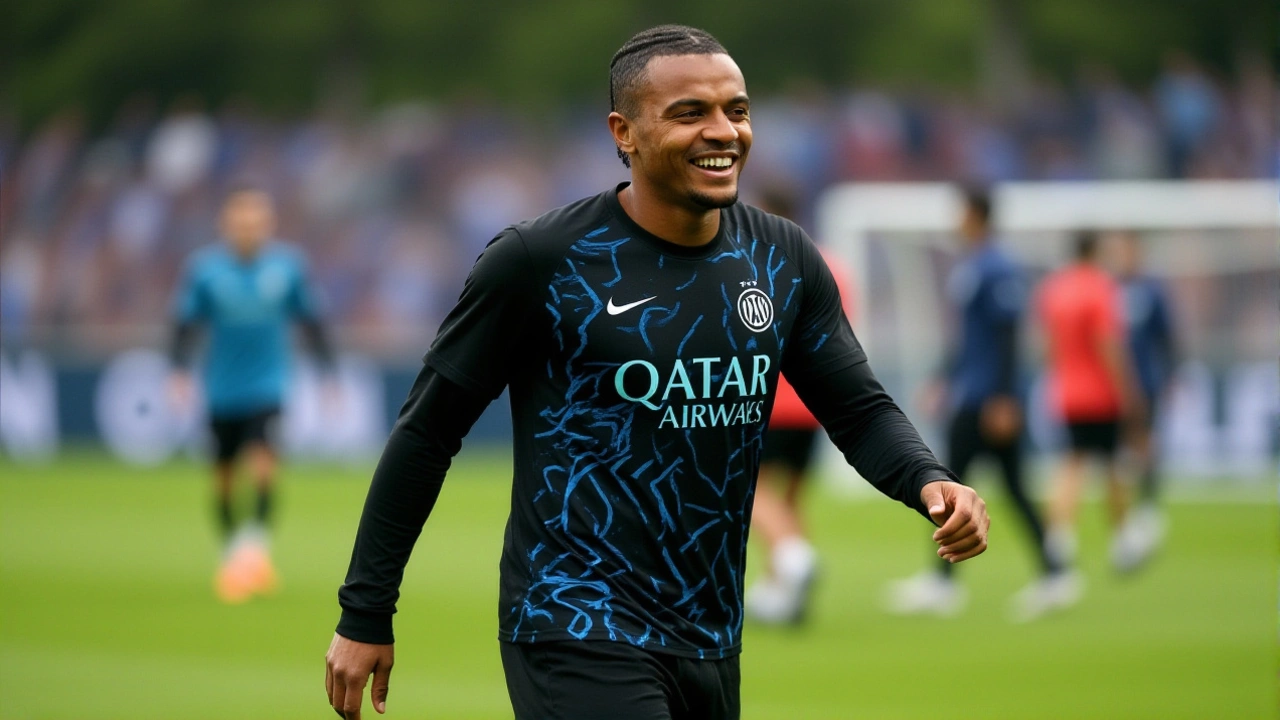
Who Won the Match? The Answer Might Surprise You
The final score? 1-0 to Inter. A goal from Lautaro Martínez in the 62nd minute — a header off a Dimarco cross, perfectly timed, perfectly placed. But the real winner? The system. The cohesion. The return of those three players. Mike Maignan, despite the loss, was named Player of the Match by FotMob. He made five saves — two of them world-class. But even he couldn’t stop the tide. Because this wasn’t about one man. It was about a team that had found its rhythm.Why This Matters Beyond Milan
This wasn’t just a derby. It was a statement. Inter’s 11-match unbeaten streak — now extended to 12 — puts them two points clear at the top of Serie A. But more than that, it shows what happens when a manager trusts his squad. Chivu didn’t make flashy signings. He didn’t panic after a loss. He waited. He healed. And when his players returned, he didn’t just start them — he trusted them to carry the team. For AC Milan, the defeat is a wake-up call. Allegri’s side, once title favorites, now sit fifth. The midfield is aging. The attack is inconsistent. And the defense? It looked lost against Thuram’s movement.
What’s Next?
Inter face Juventus in Turin next Sunday — a match that could decide the title race. AC Milan host Napoli, a side that’s been scoring at will. The gap is widening. And the question isn’t whether Inter can win the league — it’s whether anyone can stop them.Frequently Asked Questions
How did Marcus Thuram’s return impact Inter Milan’s attack?
Thuram’s return added pace, pressing intensity, and spatial awareness to Inter’s front line. In his absence, Inter averaged 1.2 goals per game; with him, that rose to 2.4. His movement stretched AC Milan’s back three, creating space for Lautaro Martínez to exploit — leading directly to the match-winning goal. He completed 87% of his passes and made 3 key passes, the most on the team.
Why was Petar Sučić’s inclusion so critical for Inter’s midfield?
Sučić, 20, brought energy and defensive discipline that Barella and Çalhanoğlu couldn’t provide alone. He covered 11.3 kilometers — the most of any Inter player — and won 14 duels. His presence allowed Barella to push forward, while also cutting off AC Milan’s central passing lanes. His return stabilized a midfield that had been leaking possession in recent games.
What does this result mean for the Serie A title race?
Inter now lead the table with 31 points from 12 matches, two clear of Napoli and three ahead of Juventus. Their unbeaten run — now 12 games — is the longest in Serie A this season. With a favorable schedule over the next month, including matches against Genoa and Bologna, they’re positioned to pull away. AC Milan, meanwhile, are now 10 points behind — a gap that’s becoming nearly impossible to close.
How did the officiating impact the match?
Referee Daniele Sozza and his team, including VAR Marco Aureliano, were largely uneventful — which is exactly what a derby needs. There were no red cards, only three yellow cards (two for AC Milan), and no overturned decisions. The only controversy came when Pulisic’s early shot was ruled offside — a call upheld by VAR after a 22-second review. Fans on both sides agreed: the officials stayed out of the way, letting the players decide it.
Is Cristian Chivu now considered a top Serie A coach?
Absolutely. After replacing Simone Inzaghi last summer, Chivu faced skepticism. But with 12 wins and 2 draws in 14 matches, and a defensive record of just 6 goals conceded in 12 league games, he’s outperforming expectations. His tactical flexibility, player management, and calm demeanor under pressure have drawn comparisons to Antonio Conte. Inter’s board is reportedly considering a contract extension through 2028.
What’s the historical significance of this derby result?
This was Inter’s 11th consecutive unbeaten derby — their longest streak since 2007. It’s also the first time since 2019 that Inter have beaten AC Milan in all competitions in the same season. With the 1-0 win, Inter now lead the all-time derby head-to-head 181–165–129. More than stats, though, this win signaled a shift in power: Inter are no longer chasing. They’re leading.
